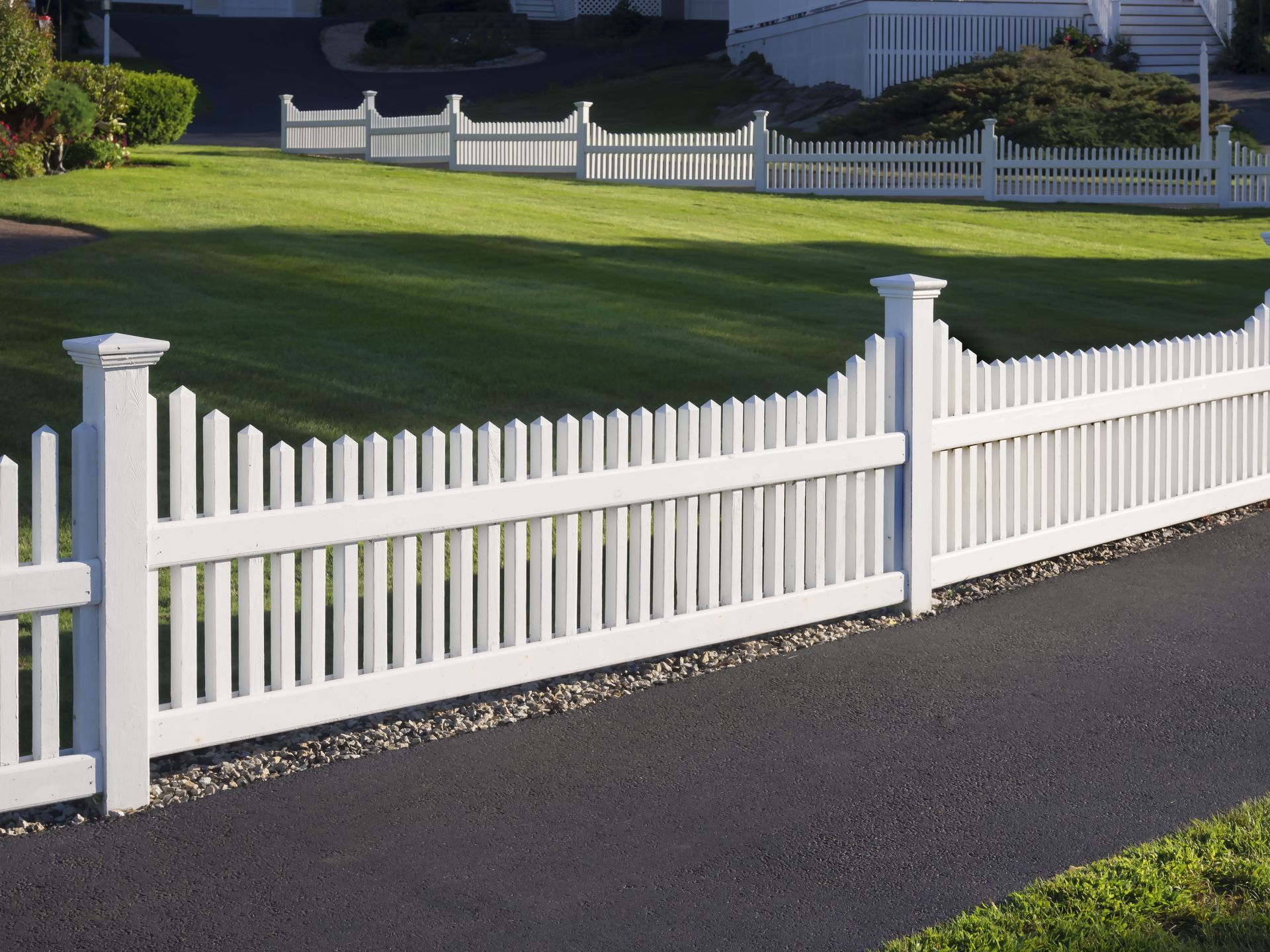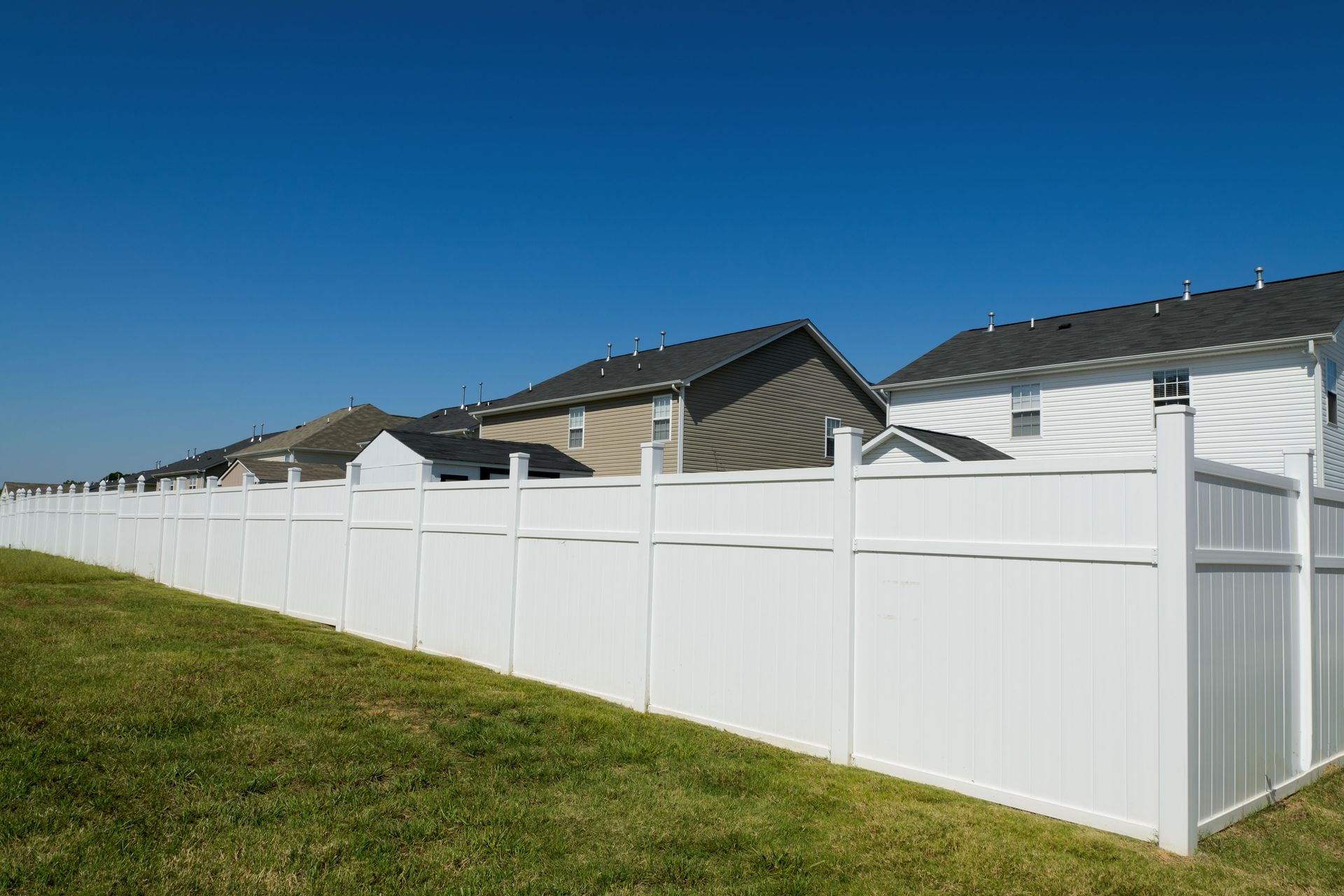Fence Installation and How it's Changed Over Time
This article explores the evolution of fence installation processes, materials, and designs, and how these changes reflect broader societal and technological trends over time. Fences have been a critical component of human settlements for thousands of years, serving both practical and symbolic purposes. How fences are built and the materials used have transformed significantly, driven by technological innovations and changing societal needs. From ancient times to the present day, fences continue to shape landscapes, demarcate property, and reflect cultural values. This exploration provides insights into how fences have adapted and continue to evolve to meet contemporary demands.
Early Fencing Methods
Early fencing methods primarily relied on natural materials such as wood, stone, and even thorn bushes. These materials were readily available and reflected the local natural resources, often dictating the style and durability of the fences. The use of wooden posts and rails was common in forested areas, whereas stone walls were prevalent in regions where rocks were abundant. According to Illuminating Facts, fences existed over 14,000 years ago, around 12,000 B.C.E., showcasing the long-standing importance of these structures in human history. The craftsmanship involved in selecting and arranging these materials was crucial, demanding not only skill but also an understanding of the local environment.
Fences have always played a key role in agriculture, serving to protect crops and livestock from wild animals and delineate property boundaries. In early agricultural societies, fencing was essential for marking territories and organizing communal and individual farming plots. These functional needs drove communities to construct fences that would withstand weather conditions and trespassers. The establishment of boundaries through fencing also facilitated more systematic farming practices and the development of organized settlements. As such, the construction and maintenance of agricultural fences became a highly valued skill within these early communities.
The creation of early fences was a labor-intensive process, relying heavily on manual tools and traditional skills passed down through generations. Handmade tools like stone hammers and wooden mallets were used to shape and fit the materials into sturdy structures. The craftsmanship required to construct these fences played a crucial role not only in their functionality but also in their longevity. The knowledge of materials and the environment was indispensable, ensuring that fences were built to last and withstand various challenges. This artisanal approach underscores the significant craft element involved in traditional fence building.
In many societies, fence building was a communal effort that fostered a sense of shared responsibility and cooperation. Neighbors would often join forces to construct and maintain fences, recognizing the mutual benefits of clearly delineated boundaries. These community projects served to strengthen social bonds, as well as to distribute the labor and resources required for fence construction. Maintenance of these structures was also a collective duty, ensuring that fences continued to serve their intended purpose effectively. This communal aspect of early fencing illustrates how essential fences were to the social and economic fabric of early societies.
Beyond their practical uses, fences have long held social and cultural significance, symbolizing ownership, power, and social status. In many cultures, the type and quality of material used in fence construction reflected the wealth and standing of the landowner. Fences demarked not just land, but also societal hierarchies, often mirroring and perpetuating the social stratification present within the community. They played a role in asserting dominance or independence, effectively communicating messages of inclusion or exclusion. Over time, these social and cultural dimensions have evolved, but the symbolic importance of fences remains significant even today.
The Industrial Revolution and Its Impact on Fence Installation
The Industrial Revolution marked a pivotal shift in fence installation, moving from handcrafted materials to mass-produced options. The advent of industrial machinery enabled the large-scale production of standardized fencing materials such as iron and steel. This shift drastically reduced the cost and time associated with fence construction, making it more accessible for a broader segment of society. The uniformity and durability of these manufactured materials also provided new design possibilities, accommodating a range of aesthetic and functional requirements. This transformation underscored the broader industrial shift towards efficiency and mass production across various aspects of society.
New tools and machinery during the Industrial Revolution revolutionized fence installation processes, enhancing both efficiency and precision. Mechanized tools such as the steam engine and, later, electric-powered equipment, reduced the labor intensity of fence building. These technological advancements enabled faster construction times and encouraged innovation in fence design and structure. As tools became more sophisticated, the complexity and durability of fence installations improved, accommodating diverse environmental and aesthetic considerations. These changes reflect the broader impact of industrialization on traditional craftsmanship, reshaping various industries, including fencing.
The rise of industrialized fence production transformed the workforce involved in these projects, shifting from artisanal craftspeople to factory workers and skilled machine operators. This transition mirrored the broader societal shift from agrarian economies to industrialized cities, altering the dynamics of employment and skill development. The manufacturing of fencing materials became centralized in factories, leading to job creation in urban centers while reducing the need for traditional craftsmen in rural areas. This labor shift also reflected broader economic transformations, with significant implications for community structures and individual livelihoods. These changes highlighted the complex interplay between technological advancements and societal evolution.
The industrialization of fence production had significant economic implications, altering the cost structure and availability of fencing materials. Mass production reduced the unit cost of materials, making once-expensive fence types more affordable for average consumers. This change democratized access to certain styles of fencing, allowing more people to benefit from secure and reliable boundary markers. Furthermore, the increase in production scale contributed to economic growth by creating jobs and driving demand for raw materials. These economic shifts reflected broader trends associated with industrialization, demonstrating its profound impact on traditional industries.
The differing needs of urban and rural environments led to varied fencing developments following the Industrial Revolution. In urban areas, decorative iron and steel fences became increasingly popular, reflecting the aesthetic and security requirements of densely populated spaces. Conversely, rural areas continued to favor traditional wooden fences and wire options for their agricultural and practical needs. The divergence in fencing materials and styles between urban and rural settings underscores the adaptability of fencing technologies to diverse environmental and social conditions. These differing trends highlight the nuanced ways in which industrialization influenced local communities and their infrastructural development.
Fencing in the 20th Century
The 20th century saw the introduction of new materials in fencing, expanding options for consumers and revolutionizing design possibilities. Materials such as vinyl and chain link became widely available, offering alternatives to traditional wood and metal options. These newer materials provided advantages in terms of durability, maintenance, and cost, appealing to a broad range of customers. Vinyl, for example, became known for its ease of upkeep and variety of aesthetic choices, while chain link offered a practical and cost-effective security solution. The inclusion of these materials showcases the ongoing innovation within the fencing industry, catering to evolving consumer preferences.
The post-war housing boom significantly influenced fencing practices as suburban development surged across many nations. Fences became essential components of suburban neighborhoods, providing privacy and defining individual property lines in increasingly densely populated areas. This period saw a rise in standardized fence designs, reflecting broader trends in suburban architecture and community planning. Fencing styles during this era were influenced by the need for affordability, durability, and low maintenance, aligning with the rapid growth of suburban communities. The role of fences in shaping suburban landscapes emphasizes their critical function in real estate development and consumer lifestyle trends.
Be sure to reach out to Sam's Fence & Deck Services today for more information on our professional fence installation services!




Share On: